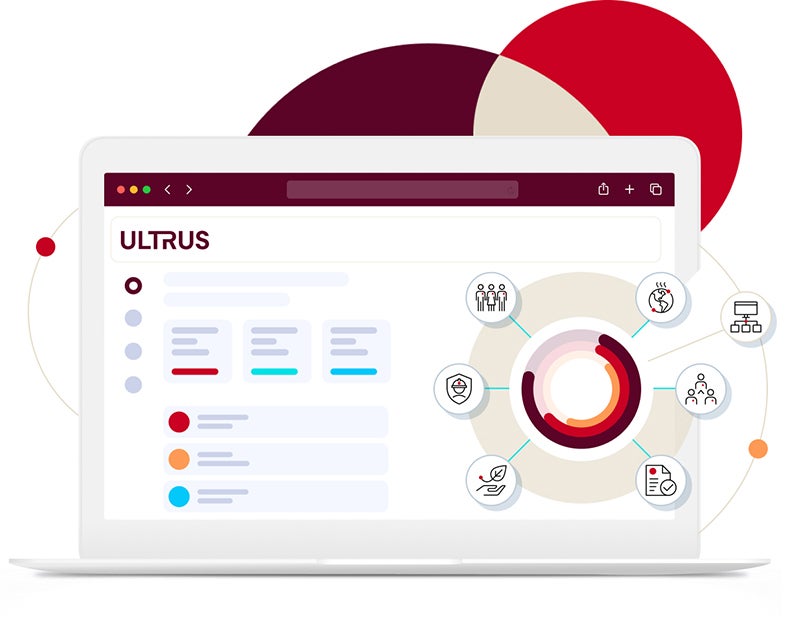Protecting investments and securing financial transactions
While our risk management experience runs deep, UL Solutions can also help banks, investors, project teams and insurers realize successful transition to more sustainable business models. Our renewables advisory team helps developers and lenders make the critical financial close of a wind or solar project as smooth and successful as possible. For renewable energy project developers, our technical and commercial expertise, along with our understanding of the intricacies of project finance, make us the ideal partner to help bring projects to fruition.
Our powerful but user-friendly analytic tools provide full transparency and insight into asset performance and environmental, social and governance (ESG) progress. These online tools are reinforced by field inspections and expert advisory services, giving financial professionals confidence in their investments and unlocking portfolio sustainability data to help with future investment decisions.
We also support several financial payment schemes, including new forms of money exchange leveraging digital ID and other technologies. UL Solutions enables participants in the payment ecosystem to comply with applicable Payment Card Industry (PCI) Standards and reassure their stakeholders that personal financial information is protected. We help FinTech (financial technology providers) conform to the latest interoperability security protocols and best practices, and banks to securely connect with them.
Watch now: UL Solutions, securing payments behind the scenes
Commercial banking
UL Solutions helps commercial banks protect their loans and credit extended to companies making efforts to reduce their carbon emissions and investing in sustainable clean air improvements with powerful sustainability reports and advisory services. Our cybersecurity engineers have expertise working with both issuing and acquiring banks to protect payment transactions with respect to consumer and business client privacy. We also help banks secure their Application Programming Interfaces (APIs) to safely connect with various third-party FinTech providers.
Asset and property management
UL Solutions can help asset management companies, money managers and investment brokerage firms make well-informed decisions when it comes to balancing their diversified real estate portfolios with capital invested in healthy buildings, renewable energy and transformative sustainability with building data initiatives. We audit and evaluate performance of these assets through both remote tools and onsite inspections.
Project finance
Funding long-term infrastructure and industrial projects requires consistent monitoring of project milestones in accordance with projected ROI calculations. Whether you are investing in a new wind, solar or hybrid project, we support developers and lenders evaluate technologies and projects for debt and equity investments. Our independent reviews deliver objective information based on our full scope of services developed and optimized to identify and mitigate possible risks in wind and solar projects. Our solid reputation and global bankability in the renewable energy industry have been built on experience, quality and transparency, and our track record reflects the trust that lenders have placed with us to help ensure project viability and profitability.
Insurance and risk management
We help insurers reduce investment risk and achieve operational resiliency through a variety of supply chain transparency tools, cybersecurity safeguards, remote and field asset/facility audits and robust training programs. Our Employee Health and Safety (EHS) software solutions help ensure industrial operators and building occupants are equipped to safely perform their tasks and follow their respective Standard Operating Procedures (SOPs) as specified by their governing regulators.
FinTech
To keep pace with the connected world, UL Solutions can help financial technology providers implement a holistic approach to security—from product and secure system integration to infrastructure testing, certification and maintenance, ensuring that every link in their chain is as strong as it should be.
We help providers and device manufacturers reduce risks and vulnerabilities, develop products faster and ultimately get to market more quickly. Our scalable testing and gap assessment solutions apply to both terminal and mobile payment security protocols.
Get connected with our sales team
Thanks for your interest in UL's products and services. Let's collect some information so we can connect you with the right person.















